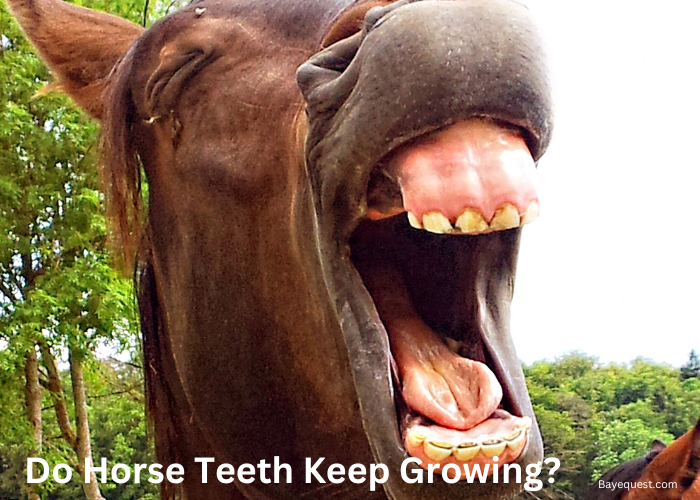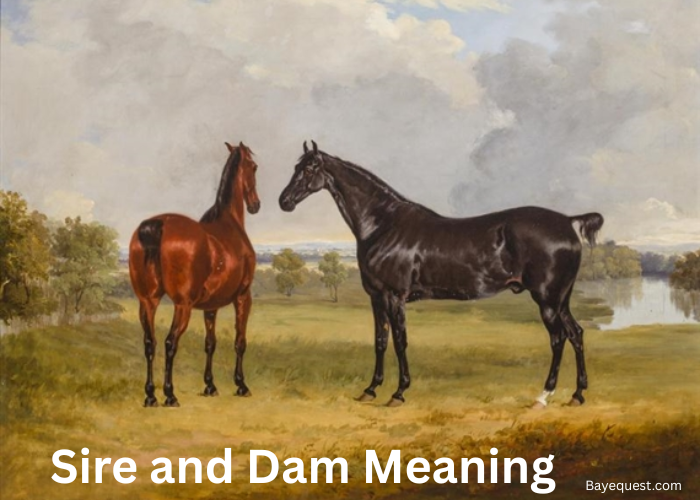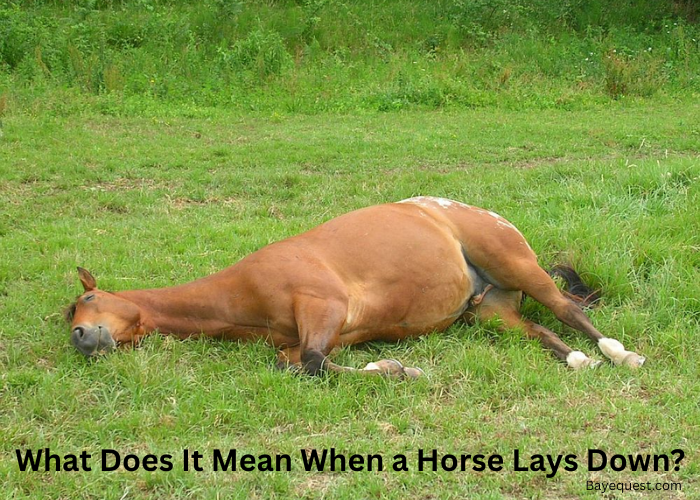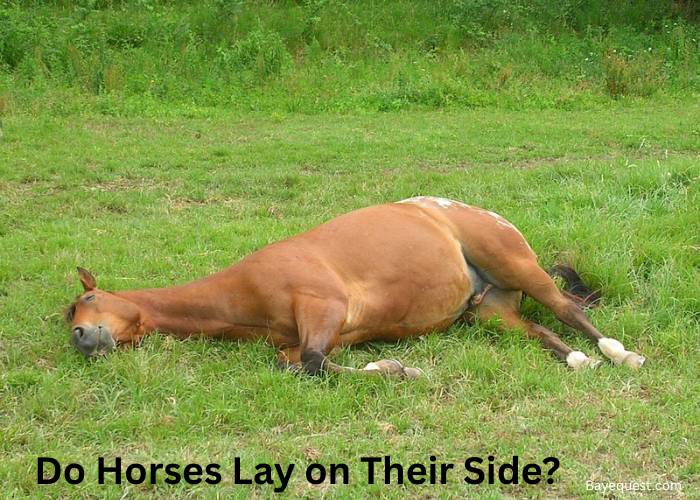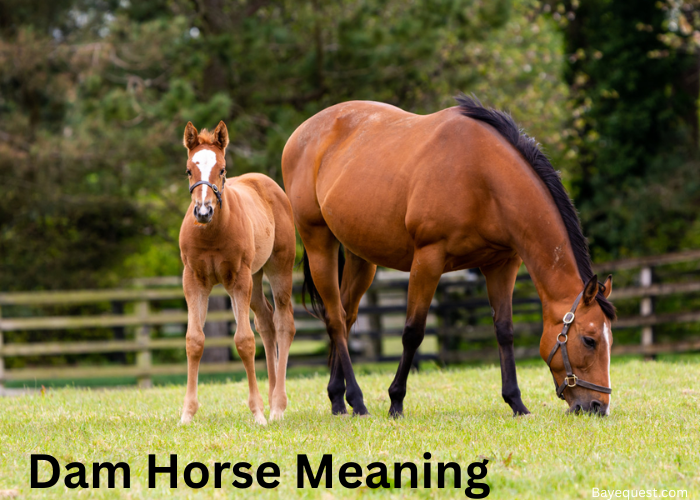Horse teeth never stop growing. Unlike human teeth, they keep moving up a little every day.
Why? Chewing grass and hay wears them down constantly, and this growth helps maintain balance.
However, if left unchecked, this natural process can cause problems. Overgrown teeth can make chewing difficult and even lead to pain.
Want to understand what’s happening and how to help your horse?
We’ll dive into why horse teeth grow this way, the challenges it brings, and what you can do to keep your horse happy and healthy.
Let’s explore the details together.
Do Horse Teeth Keep Growing? Key Takeaway
Yes, horse teeth keep erupting, not growing. Horses are born with all their teeth, which gradually emerge to replace wear from chewing. This process stops around 20 to 25 years of age when the teeth’s reserve under the gums is depleted, leaving no more to erupt.
Horse Teeth Anatomy
Horse teeth are specially designed for their grazing lifestyle. They have two main types of teeth: incisors and cheek teeth.
Incisors are at the front of the mouth. They are used to grasp and tear grass. Horses have six incisors on the top and six on the bottom.
Behind the incisors, some horses, especially males, have canines. These are small and not used for chewing.
The cheek teeth, which include premolars and molars, are found further back. They are used for grinding down tough forage.
Horses have six premolars and six molars on each side, top and bottom.
Horse teeth are “hypsodont,” meaning they are long-crowned and continue to erupt throughout life to replace what is worn down by chewing.
This constant eruption keeps their teeth in working order. However, it also means they need regular dental care.
Without care, problems like sharp edges or uneven wear can occur, thus influencing the need to have their teeth floated often.
Find out how often horses need their teeth floated in our guide.
Horse Dental Journey from Fouls to Grown Ups
A horse’s dental journey is a fascinating process that starts right from birth and continues throughout its life.
Foals, or young horses, are born with no visible teeth, but things change quickly. Within the first week, foals begin to develop their baby, or deciduous, teeth.
By around eight months, they have a full set of 24 baby teeth—12 incisors and 12 premolars.
These teeth are smaller and whiter than adult teeth and are designed to help the foal transition from nursing to grazing.
Around the age of 2.5 years, horses begin to lose their baby teeth, starting with the incisors.
This process continues in stages until they are about 5 years old. As the deciduous teeth fall out, they are replaced by permanent teeth.
Adult horses have between 36 and 44 teeth, depending on whether they have canines or wolf teeth.
As horses grow, their teeth continue to erupt to compensate for the wear and tear from constant chewing.
The journey doesn’t stop once all the permanent teeth are in. Instead, the continuous wear and eruption of teeth are part of their lifelong dental care.
Read also: Body Parts of a Horse.
Do Horse Teeth Keep Growing?
Yes, horse teeth do keep “growing” in a way, but it’s more accurate to say they keep erupting. Horses are born with all the teeth they will have, hidden beneath their gums.
These teeth continually erupt—pushing out from the gums—as they wear down from chewing rough forage and hay.
This process ensures that their teeth remain at a functional length for grinding food.
However, the teeth don’t actually “grow” more material; they simply emerge more from the gum line.
Over time, the reserve of tooth beneath the gums reduces, and eventually, in older horses, it stops erupting entirely.
Factors Affecting the Growth and Wear of Horse Teeth
Several factors affect the growth (or more accurately, the eruption) and wear of horse teeth. These include:
1. Diet and grazing habits
Horses that graze on pasture naturally wear down their teeth more evenly. The constant chewing of fibrous grass helps grind the teeth down at a steady rate.
Horses fed primarily on softer feeds, like grains or processed pellets.
2. Age of the horse
Younger horses have a faster rate of tooth eruption to replace what is worn down. As horses age, the eruption slows down.
By their twenties or later, the reserve of tooth beneath the gums can run out, leading to increased risks of dental issues.
3. Genetics
Some horses are genetically predisposed to certain dental conformations that can affect how their teeth wear.
For instance, a horse with a parrot mouth (an overbite) may experience uneven wear patterns, leading to complications.
4. Dental care
Regular dental care, including floating (filing down uneven or sharp teeth), plays a vital role in managing the wear of horse teeth.
Lack of proper care can result in sharp edges, hooks, or other abnormalities.
5. Bite and alignment
The alignment of the upper and lower teeth affects how they grind against each other.
Misaligned teeth can lead to uneven wear, causing problems like sharp edges or step mouth, where some teeth grow longer than others.
6. Health and habits
Health issues like cribbing (a behavior where horses bite on wood) can cause abnormal wear.
Similarly, conditions affecting jaw alignment, such as trauma or certain diseases, can lead to uneven wear patterns.
Common Dental Issues in Horses
Horses are prone to several dental issues due to the continuous eruption and wear of their teeth. Here are some of the most common dental problems that can affect them:
Sharp edges and points
As horses chew, uneven wear can create sharp edges or points on the teeth, especially on the cheek teeth.
These sharp edges can cut the cheeks or tongue, leading to pain, difficulty eating, and even behavioral issues.
Hooks and ramps
If a horse’s upper and lower jaws do not align properly, it can cause uneven wear, leading to hooks (longer points) on the front or back of the teeth.
Ramps are similar but occur at an angle, making chewing difficult and painful.
Wave mouth
This condition occurs when the molar arcades develop an undulating wave-like appearance due to uneven wear.
It can lead to improper grinding of food, poor digestion, and weight loss.
Step mouth
When a tooth is missing or excessively worn, the opposing tooth can grow longer because it lacks wear from its counterpart.
This creates a “step” in the dental arcade that can interfere with chewing.
Periodontal disease
Gum disease can develop from trapped food particles, causing inflammation, infection, and in severe cases, tooth loss.
It’s one of the most painful conditions for horses and can affect their overall health.
Diastema
This refers to abnormal gaps between the teeth where food can become trapped. The trapped food can lead to gum infections, decay, and eventually periodontal disease.
Loose or lost teeth
Older horses or those with severe dental wear may develop loose teeth, which can be painful and make it difficult for them to chew properly.
If a tooth falls out, it can create a gap that may lead to other issues, like step mouth.
Fractured teeth
Teeth can fracture due to trauma, biting hard objects, or severe decay. Fractured teeth can cause sharp pain and may require extraction.
Wolf teeth
These are small, vestigial teeth that can cause discomfort when bitting and are often removed to prevent pain or injury.
The Importance of Regular Dental Care for Horses
Regular dental care is crucial for a horse’s health, comfort, and overall well-being.
Horses rely on their teeth to grind down tough forage, a key part of their digestion.
Without proper care, uneven wear can lead to sharp points or edges that cause painful sores on the cheeks and tongue.
Regular floating prevents these issues, allowing horses to chew comfortably and efficiently.
Proper chewing is essential for digestion, as it ensures food is broken down well for nutrient absorption.
Regular check-ups help maintain healthy teeth, ensuring effective chewing and better digestion.
Maintaining a healthy weight is also linked to good dental care. Painful dental conditions can lead horses to avoid eating, resulting in weight loss.
Early detection and treatment during routine dental exams help horses maintain a healthy body condition.
Additionally, regular dental care helps prevent severe dental diseases such as periodontal disease or wave mouth. Early detection of issues keeps these problems at bay.
Regular care ensures horses stay comfortable, perform better, and enjoy a higher quality of life, especially as they age.
Horse Teeth Vs Human Teeth
Horse teeth and human teeth are quite different. Humans have 32 teeth, while horses have between 36 and 44.
Human teeth have two sets—baby and adult teeth—that stop growing after they come in.
Horse teeth, however, continuously erupt throughout their life to replace what wears down from chewing tough forage.
Humans have flat molars for grinding, sharp canines for tearing, and incisors for cutting. Horses have incisors for cutting grass and large, flat cheek teeth for grinding.
Human teeth are brachydont, meaning they have short crowns and roots. Horse teeth are hypsodont, with long crowns that extend deep into the jaw.
Humans need regular dental care, but problems usually come from cavities or gum disease.
Horses need regular dental care to file down sharp edges and prevent uneven wear.
Both need proper care, but the reasons are different due to their unique dental structures and uses.
FAQs
Why are horses teeth bigger?
Horse teeth are bigger because they need to chew tough, fibrous plant material like grass and hay. Their large teeth help them grind down these rough foods efficiently. Horses have hypsodont teeth, which have long crowns that continue to erupt throughout their lives. This design allows the teeth to withstand constant wear and tear from chewing.
At what age do horse’s teeth stop growing?
Horse teeth don’t grow in the traditional sense, but they continue to erupt throughout most of their life. This eruption usually slows down or stops when a horse reaches around 20 to 25 years old. At this age, the reserve of tooth beneath the gums is nearly used up.
What do 10 year old horse teeth look like?
At 10 years old, a horse’s teeth show moderate wear. The cups on the incisors are likely worn away, and the dental star (a dark line) begins to appear. The teeth also start to develop a more rectangular shape. Some horses may have slight hooks or uneven wear that need dental care.
Do horses teeth continue to erupt?
Yes, horses’ teeth continue to erupt throughout most of their life. This continuous eruption helps replace the tooth surface worn down by chewing rough forage. However, the rate of eruption slows down as the horse gets older, and it usually stops by the time they are around 20 to 25 years old.
Conclusion
So, do horses’ teeth keep growing? Not exactly, but they keep on erupting, little by little, to make up for all that grinding.
It’s nature’s way of keeping those chompers ready for the next bite of grass. But remember, it doesn’t last forever.
As they age, the teeth slow down, and that’s where good care comes in. Regular check-ups and a good diet help keep their mouths happy and healthy.
Keep those teeth in check, and your horse will thank you with every bite.




